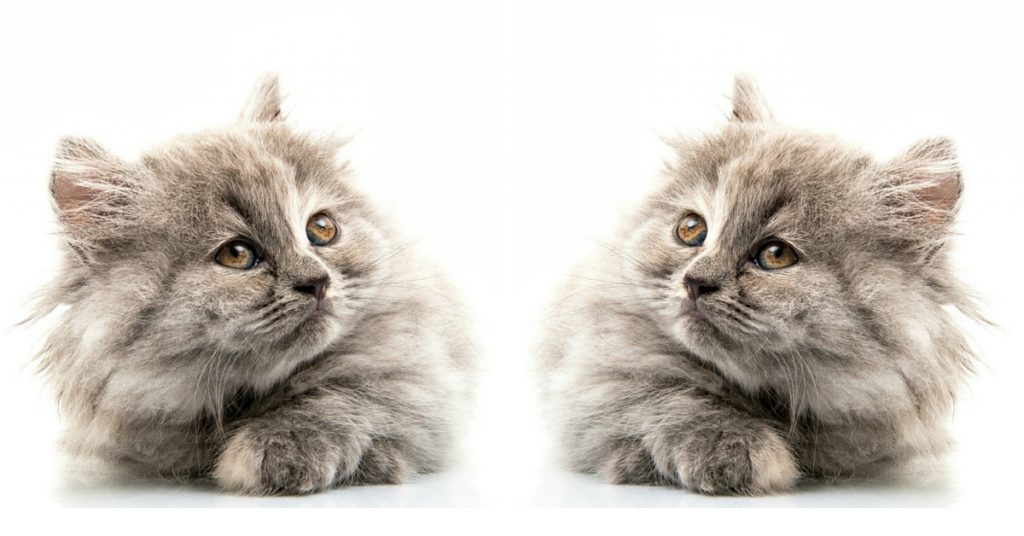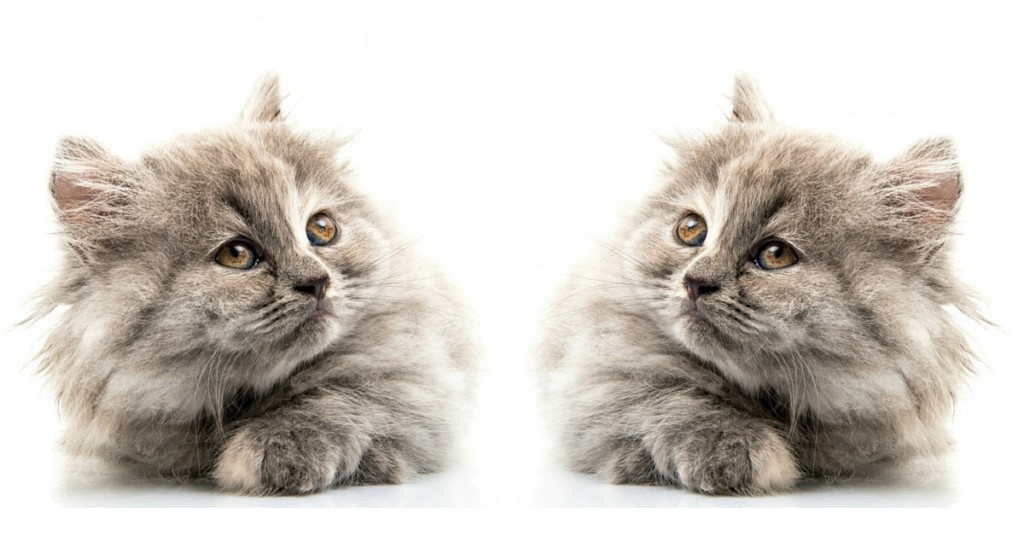Hey, more dogs are always a good thing, right? Well, it’s a little bit odd, and straight out of science fiction, that cloning pets is now a reality.
In 2003, a wealthy Dallas woman identified only as “Julie” was devastated over the death of Nicky, her Maine Coon cat who had lived to the ripe old age of 19. Around the same time, a California biotech company called Genetic Savings & Clone (a legitimate operation despite the funny name) opened for business, claiming to have the ability to clone a cat by extracting its DNA and impregnating a resulting embryo into another cat, who then gives birth. In October 2004, Nicky’s clone, Little Nicky, was born. He’s still alive (and reportedly bears no side effects), although Genetic Savings & Clone shut down about a year and a half after the birth of Little Nicky, the first commercially cloned pet.
Dylan was a boxer that lived with Laura Jacques and Richard Remde in Yorkshire, England. In the summer of 2015, Dylan died at the young age 8 of a heart attack related to a brain tumor. While looking online for ways to deal with their grief, they discovered a new South Korean company called Sooam Biotech Research Foundation that claimed to be in the business of cloning dogs. The company operated from a strict “five-day policy,” meaning that in experiments they’d never successfully cloned a dog from DNA-rich tissue obtained more than five days after the death of a dog. But the couple took a skin sample from Dylan, dead for 12 days, and sent it in, along with a check for £67,000, or about $100,000. Result: Two new puppies that look just like Dylan…because they are clones of Dylan.

How to Clone Your Pets








